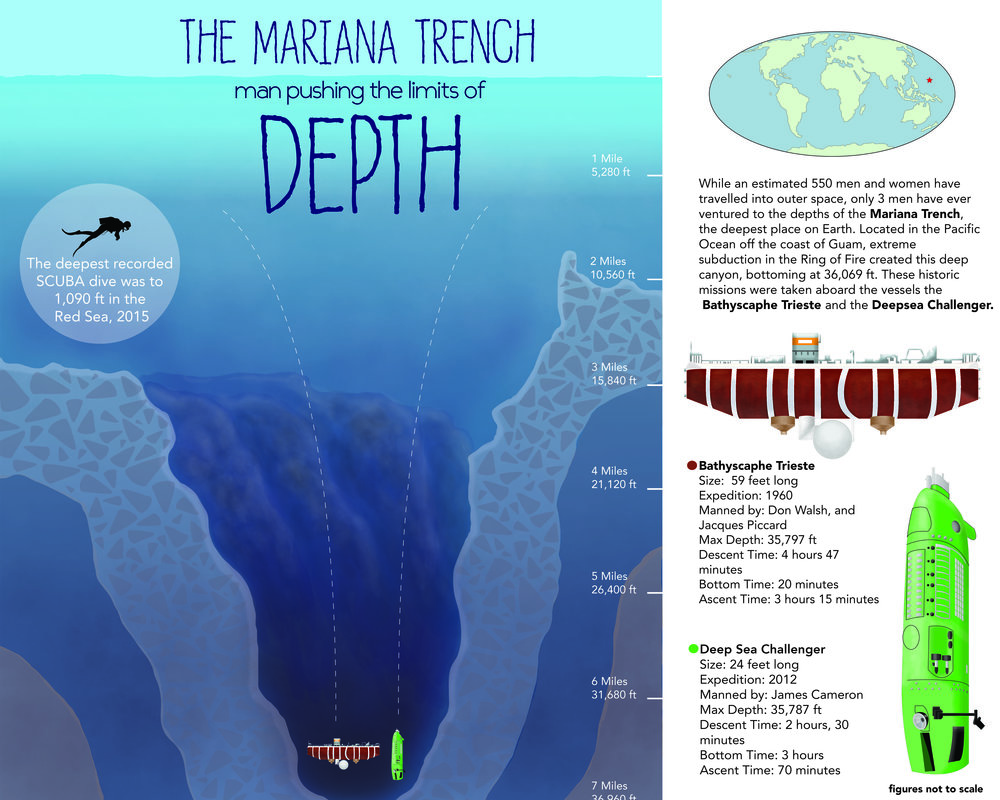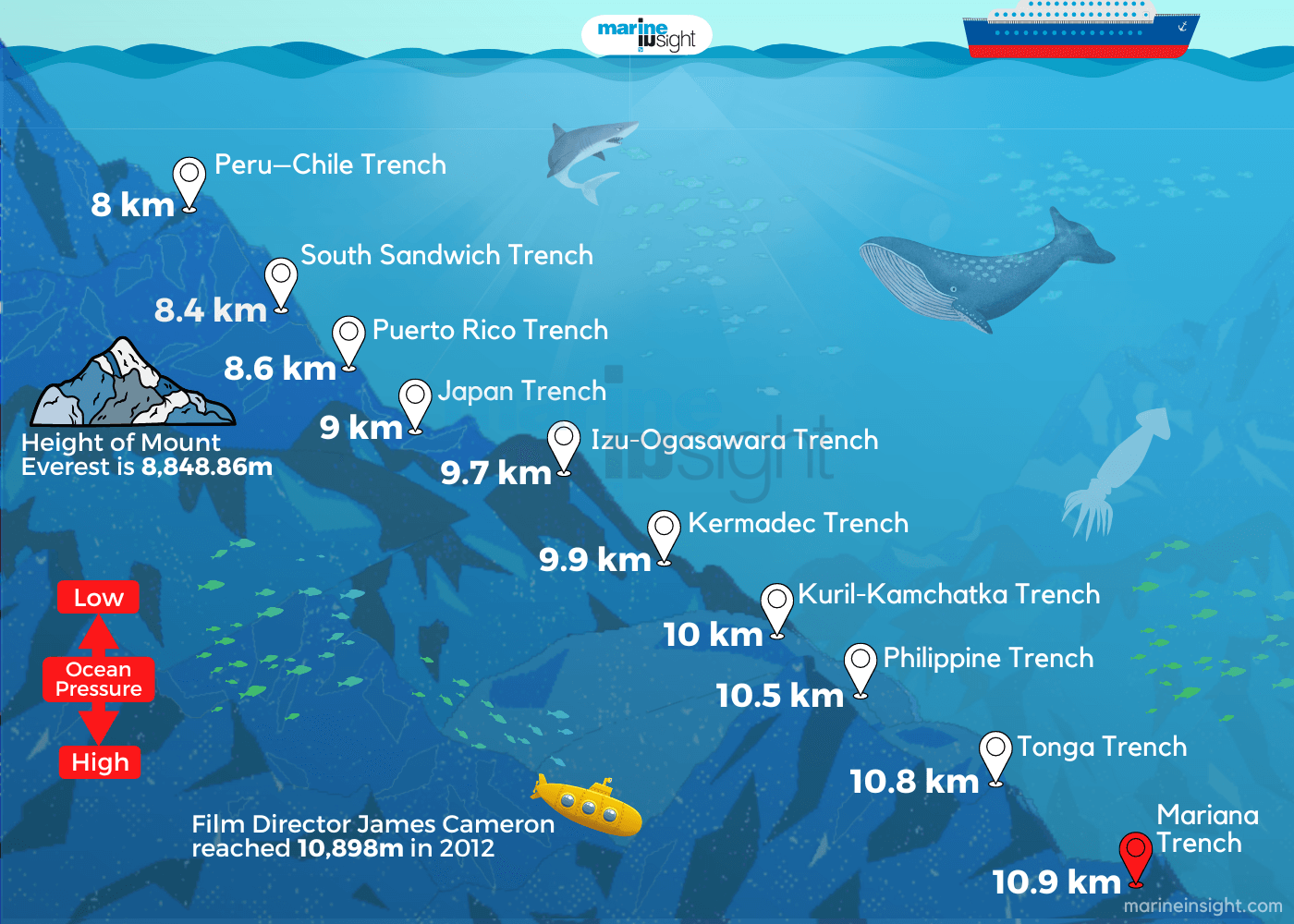The waters of the marianas trench the deepest part of the ocean is freezing in some parts and scalding hot in others due to water coming out of hypothermal vents

The Mysterious Waters of the Marianas Trench: A Tale of Extremes

Deep beneath the surface of the Pacific Ocean lies a world of extravagant extremes. The Marianas Trench, renowned as the deepest part of the ocean, harbors a fascinating secret. Its waters are not only freezing cold in certain areas but also scalding hot in others. This extraordinary phenomenon can be attributed to the presence of hypothermal vents, which punctuate this enigmatic underwater landscape.
The Hypothermal Vents: Nature’s Unveiling

Hypothermal vents, also known as hydrothermal vents, are fissures in the Earth’s crust located at the seabed. These vents release a mixture of scorching hot water and minerals from deep within the planet’s interior. These mineral-rich emissions create a mesmerizing and dynamic ecosystem that supports a diverse array of organisms, many of which thrive in this extreme environment.
Frigid Depths: The Cold Truth
The waters surrounding the hypothermal vents in the Marianas Trench have an average temperature of about 2°C (35.6°F). Here, where the sunlight can barely penetrate, and immense pressure blankets the surroundings, the darkness reigns supreme. This icy, abyssal environment is characterized by bone-chilling temperatures that test the resilience of any life forms that dare to venture here.
Despite the frigid conditions, fascinating life forms have adapted to survive in this chilly underworld. These extremophiles, as they are aptly called, have evolved unique biological mechanisms that allow them to withstand the extreme cold and darkness. They have become masters of survival in one of the harshest places on Earth.
Fiery Revelations: The Heat Within
While some areas of the Marianas Trench are afflicted by cold, others experience a stark contrast. The hypothermal vents release water that surpasses boiling temperatures, making certain regions within the trench scalding hot. Temperatures as high as 375°C (707°F) have been recorded near these vents, providing a stark contrast to the icy surroundings.
The hot waters emanating from the hypothermal vents possess an assortment of dissolved minerals, creating a nutrient-rich concoction that supports diverse ecosystems. Chemosynthetic bacteria and other microorganisms thrive in this intense heat, forming the foundation of complex food chains that sustain a myriad of life in this hostile environment.
A Symphony of Experiences
The Marianas Trench, with its freezing and scalding waters, is a testament to the wonders that lie beneath the ocean’s surface. It showcases the capacity of life to adapt and flourish in seemingly uninhabitable conditions. This hidden realm, shrouded in mystery and teeming with life, invites us to explore and learn from its extremes.
As we delve into the unknown, unlocking the secrets of the Marianas Trench, we gain a deeper understanding of our planet’s intricacies. With every new discovery, we unearth fascinating connections and draw closer to comprehending the grandeur of Earth’s ecosystems. The mesmerizing combination of freezing cold and scorching heat within the waters of the Marianas Trench serves as a captivating reminder of the remarkable diversity that thrives in even the most extreme environments.
This article was written based on information sourced from 30A.
Tags
Share
Related Posts
Quick Links
Legal Stuff

